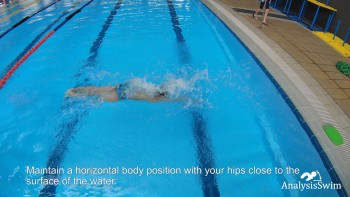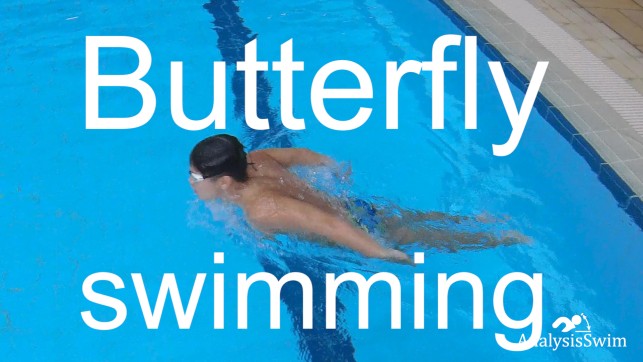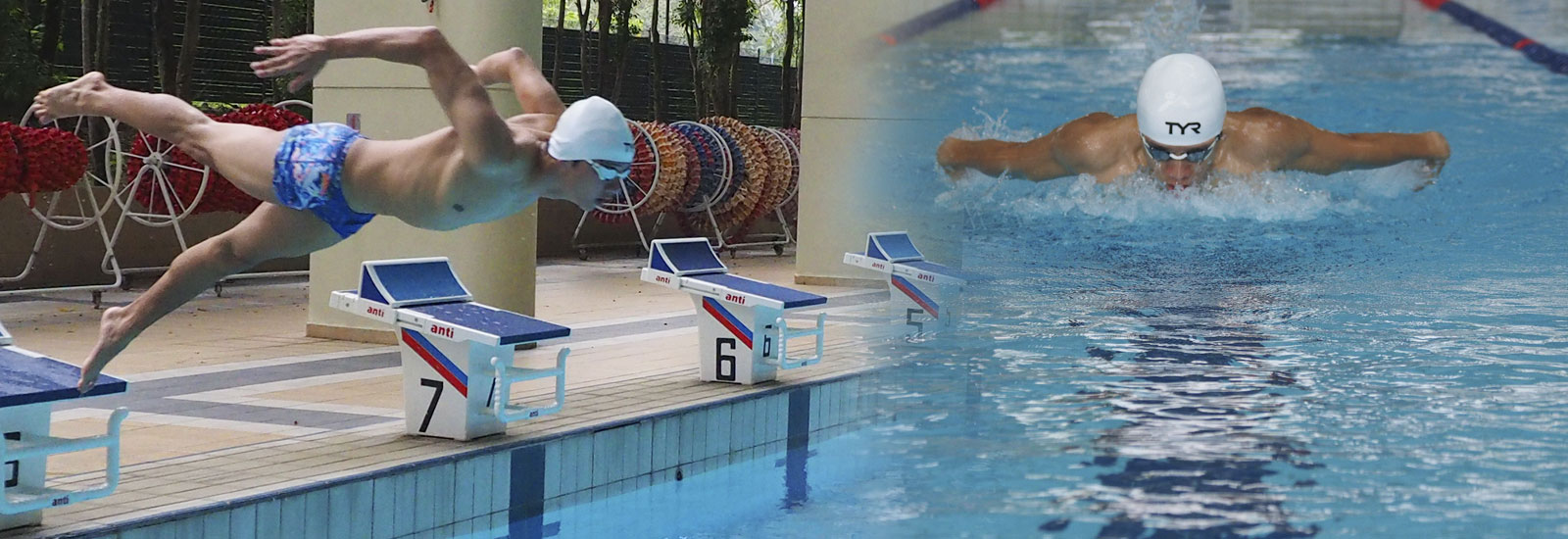Butterfly swimming
Butterfly swimming, often referred to simply as “butterfly,” is one of the four competitive swimming strokes used in competitions such as the Olympics. It’s known for its distinctive dolphin-like kick and simultaneous arm movement. Learning butterfly can be challenging for beginners due to its coordination and strength requirements, but with proper instruction and practice, it can be mastered.
Here are some tips for learning butterfly swimming:
Master the Basics:
Before attempting butterfly, make sure you have a solid foundation in swimming basics such as floating, kicking, pull and breathing techniques.

Body Position:
Maintain a horizontal body position with your hips close to the surface of the water. This reduces drag and makes it easier to move through the water efficiently.
Breathing:
Unlike other strokes where you can breathe at any time, in butterfly, you typically take a breath during the arm recovery phase. Timing your breath with the arm recovery can take some practice.

Arm Movement:
The arm movement in butterfly is often described as a “pull-push” motion. Start with your arms extended forward, then pull them down and outward in a circular motion, and finally push them back up towards the water’s surface. Keep your elbows slightly bent during the pull phase and your hands close to the surface of the water during the recovery phase.
Kick:
The butterfly kick is a simultaneous movement of both legs, resembling a dolphin kick. It’s generated from the hips, not the knees, and should be fluid and powerful. Practice the dolphin kick on its own before incorporating it into the full stroke.
Coordination:
Coordinating the arm movement with the kick can be challenging. Start by practicing each component separately, then gradually combine them as you become more comfortable.
Drills:
There are several drills you can do to improve your butterfly technique, such as one-arm butterfly, butterfly kick with a kickboard, and underwater dolphin kick drills and etc.
Patience and Practice:
Learning butterfly takes time and patience. Don’t get discouraged if you don’t get it right away. Keep practicing consistently, and you’ll improve over time.
Get Feedback:
If possible, work with a swimming instructor or coach who can provide feedback and corrections on your technique. Video analysis can also be helpful in identifying areas for improvement.
Remember to start slowly and focus on mastering each aspect of the stroke before putting it all together. With dedication and practice, you can learn to swim butterfly effectively.


